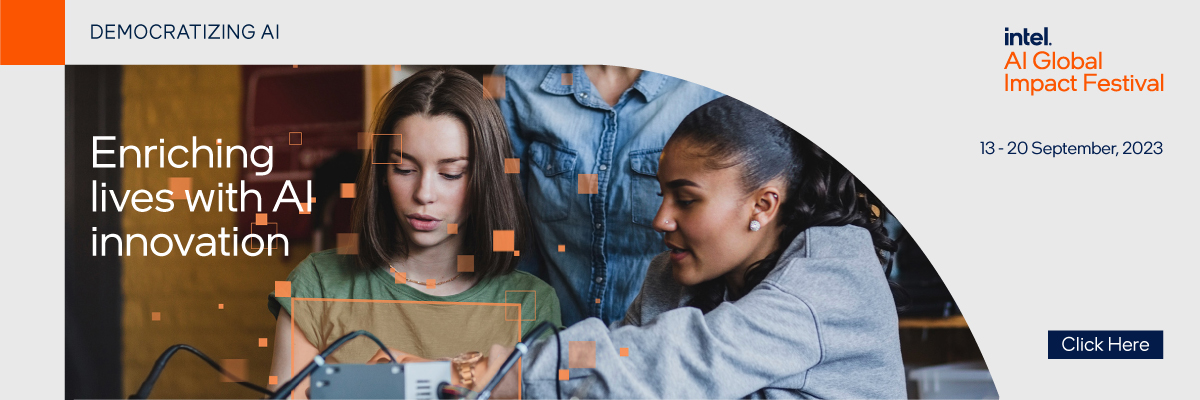The government of India has identified 117 districts across the country that are in dire need of assistance to boost economic and developmental indices. This initiative is one of the world’s largest results-based governance, reaching 250 million people in these aspirational districts in 28 states. While there are many innovative and researched approaches being deployed in these districts, AI particularly holds tremendous potential to not only disrupt the current system but also to boost the new approaches.
Overlapping Intent
NITI Aayog has been planning carefully about how to develop AI technologies and use them for the betterment of the country. The government body has identified five sectors — healthcare, agriculture, education, smart cities and infrastructure, and transportation – to use AI and its unbinding potential for societal needs.
NITI Aayog suggests that AI can increase access and affordability of quality healthcare and can contribute to enhancing farmers’ income, increase farm productivity and reduce wastage. In the education sector, AI can improve access to quality education through its smart interfaces and applications.
Many of these goals overlap with the ones stated for the aspirational district program (ADP) such as health and nutrition, education, financial inclusion, skill development, and agricultural development. Hence, the ongoing development of AI undertaken by NITI Aayog will boost the goals of the aspirational district programs as well and will ensure that the development goals are realized on the ground.
Data-driven insights and decisions
The aspirational district program has a monthly monitoring system wherein every month the districts are ranked based on the progress they have made on key indicators of health, education, agriculture, basic infrastructure, financial inclusion, and skills development. Such continuous monitoring helps the administration and policymakers to identify areas of intervention. Implementing AI technology for aiding these processes will not only speed up the operations but will also bring granular data for evaluating the effectiveness of the interventions undertaken.
AI will also help in preventing delays in the assessment and evaluation of the district’s critical indicators. Without quality, data cannot serve as a meaningful signal of districts’ socio-economic outcomes, nor can it help district authorities make evidence-driven programmatic decisions. Finally, for a program that tracks over 80 data points from 117 districts across the country quality data can only be obtained by error-less monitoring on a continuous basis and AI tools can help in accessing such impeccable data.
Multi-stakeholder approach
The ADP program is centered on a collaborative and multi-stakeholder approach and aims to bring different central, state, and local government departments to work in tandem with each which were otherwise working in silos. Such high-level collaboration needs cross-platform access to data and on-ground progress. While the multi-stakeholder approach has already boosted the growth in aspirational districts, access to data at every government level will help to ensure smooth collaborations. Such data will also help policymakers to understand the approach implemented at each and every level of the administration and its impact on the on-ground operations.
One other way to ensure development in aspirational districts is to map the current levels of expertise in AI firms in India and the overlap of their work with the fulfillment of district targets. In a country as large as India, collaboration requires systematized access to different departments and tiers of the government along with private and civil society sectors. The aspirational district program can leverage AI applications designed by different firms to forge stronger collaborations and work towards making a revolutionary impact in such districts.
AI and other digital technologies have been the critical focus of the government of India. If the potential is tapped and utilized for the betterment of the country, the progress will be beyond leaps and bounds. We, at Jayso Foundation, are catalyzing projects that are teaching young leaders about AI and its use in solving society’s critical problems. Our projects have reached several aspirational districts so far and are continuously striving to expand this impact to many more people.
Author’s name- Rashmi Komal
https://www.fortuneindia.com/polemicist/what-if-ai-meets-aspirational-districts-in-india/103983
https://indiaai.gov.in/research-reports/national-strategy-for-artificial-intelligence


